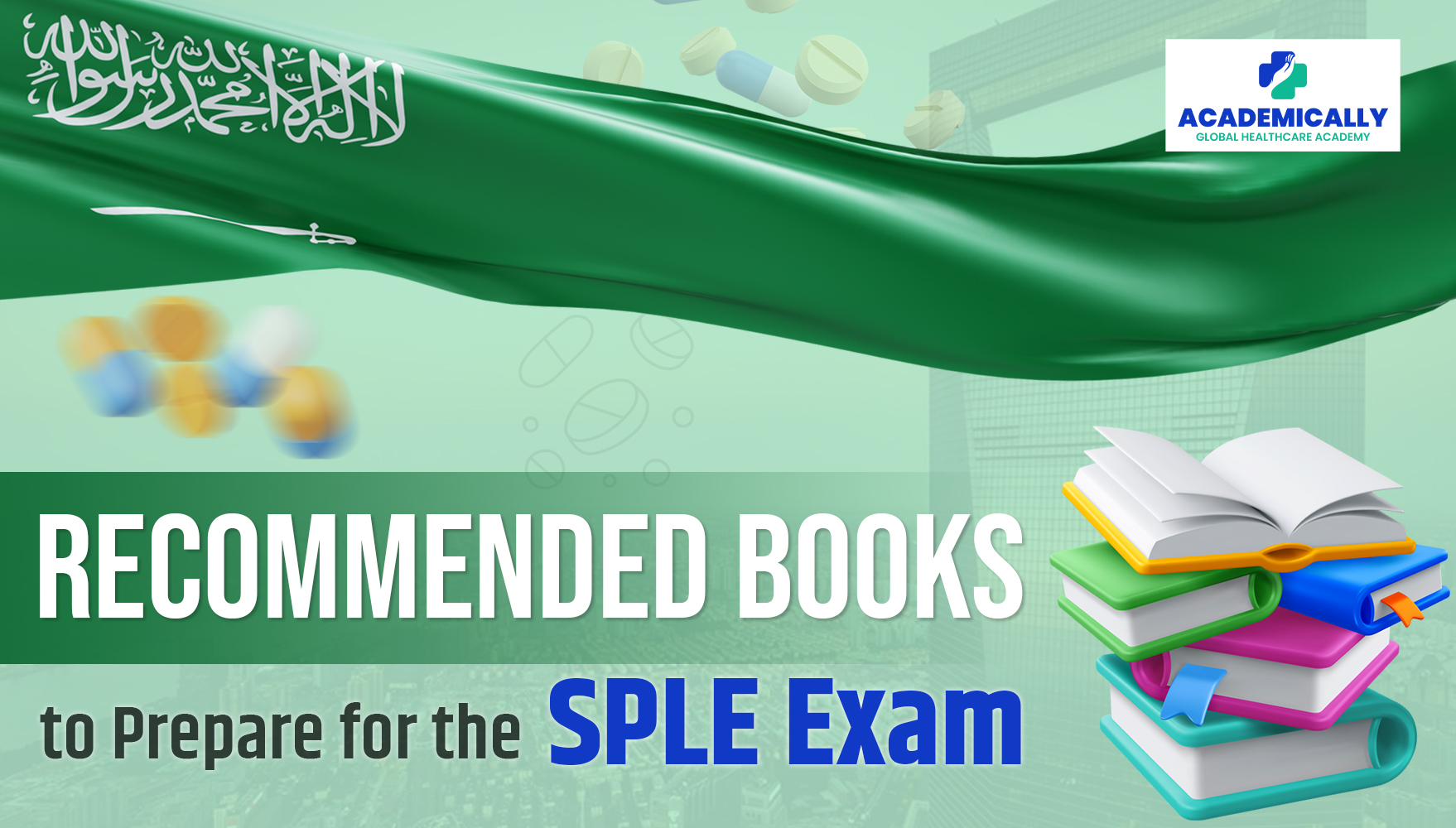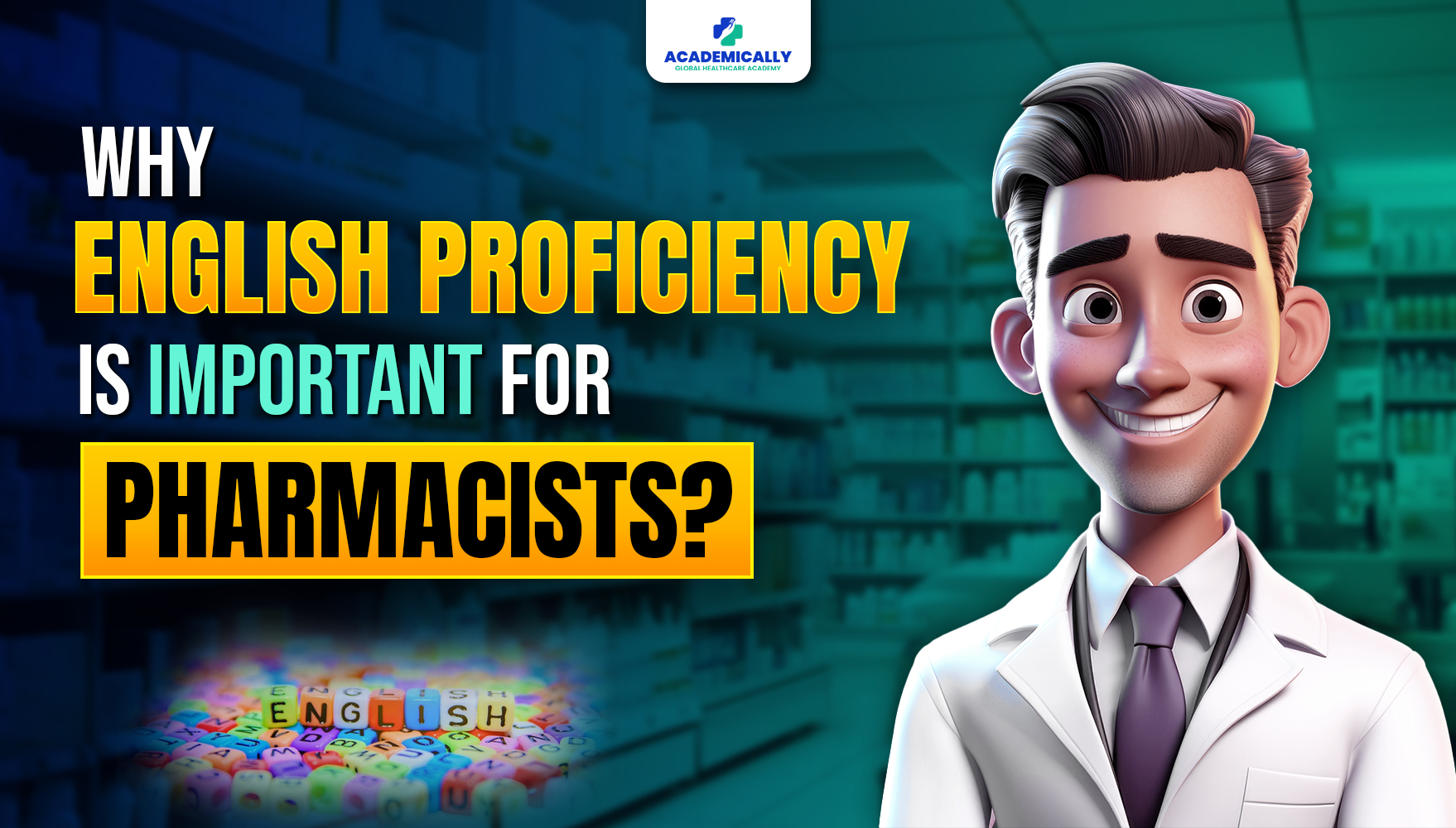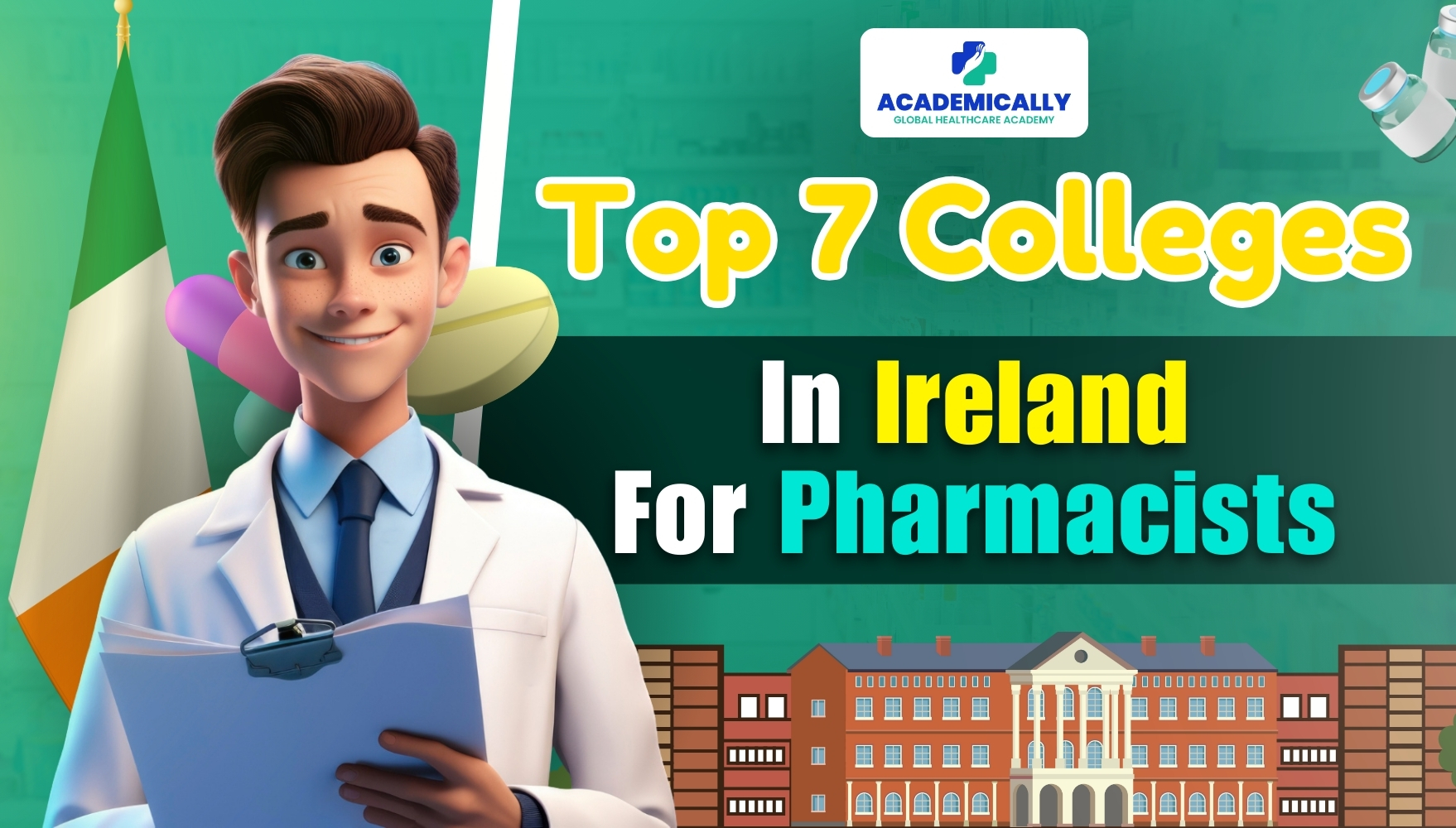1. Social/Behavioral/Administrative Sciences
This subject tests your understanding of public health policies, pharmacy law, healthcare ethics, and administrative practices.
Recommended Books:
- “A Textbook of Public Health and Pharmacy Practice” by Richard Aspinall
Focuses on public health approaches and the role of pharmacists in community health.
- “Pharmacy Management: Essentials for All Practice Settings” by Shane P. Desselle and David P. Zgarrick
A detailed guide on managing pharmacy operations and ethical decision-making.
- “Pharmaceutical Ethics” by Sam Salek
Addresses professional responsibilities and ethical issues faced by pharmacists.
2. Pharmaceutical Calculations & Compounding
This section is to test your ability to perform precise calculations and compound medications correctly.
Recommended Books:
- “Pharmaceutical Calculations” by Howard C. Ansel
An industry-standard resource for mastering pharmacy math and dosage calculations.
- “Remington: The Science and Practice of Pharmacy”
Covers compounding techniques and provides examples of pharmaceutical formulations.
- “Trissel’s Stability of Compounded Formulations” by Lawrence A. Trissel
A go-to guide for compounding stability and compatibility.
3. Pharmaceutical Sciences
This section focuses on medicinal chemistry, pharmacokinetics, pharmacology, and dosage forms.
Recommended Books:
- “Goodman & Gilman’s: The Pharmacological Basis of Therapeutics”
Widely regarded as the gold standard in pharmacology.
- “Aulton’s Pharmaceutics: The Design and Manufacture of Medicines” by Michael E. Aulton
Explains drug delivery systems and dosage form design in detail.
- “Foye’s Principles of Medicinal Chemistry” by David A. Williams and Thomas L. Lemke
An essential resource for medicinal chemistry and drug mechanisms.
4. Clinical Sciences
This section tests your understanding of pharmacotherapy, clinical guidelines, and patient care.
Recommended Books:
- “Pharmacotherapy: A Pathophysiologic Approach” by Joseph T. DiPiro
A comprehensive resource for evidence-based pharmacotherapy.
- “Koda-Kimble & Young’s Applied Therapeutics: The Clinical Use of Drugs”
Focuses on applying pharmacotherapy in real-world scenarios.
- “Harrison's Principles of Internal Medicine”
Excellent for understanding disease mechanisms and therapeutic approaches.
5. Pharmaceutical Care & Disease
This section covers patient-centered care, medication therapy management, and the treatment of various diseases.
Recommended Books:
- “Patient Assessment in Pharmacy” by Mireille K. Jacobson
A practical guide to conducting patient assessments.
- “Pathophysiology of Disease: An Introduction to Clinical Medicine” by Gary D. Hammer
Explains the pathophysiology of major diseases in a simplified manner.
- “Therapeutic Guidelines” Series
Provides specific medication and disease management recommendations.
6. Basic Biomedical Sciences
This section covers human anatomy, biochemistry, physiology, and microbiology.
Recommended Books:
- “Ross & Wilson Anatomy and Physiology in Health and Illness” by Anne Waugh
A user-friendly introduction to human anatomy and physiology. - “Lippincott Illustrated Reviews: Biochemistry”
A highly visual guide to mastering biochemistry concepts.
“Microbiology and Immunology” by Warren Levinson
Focuses on essential microbiology principles relevant to pharmacy.
Conclusion
To get the most out of these books, start by making a simple study plan that covers all the subjects and stick to it. After reading each chapter, try solving some practice questions to make sure you really understand the material. Studying with friends or in a group can be helpful too, it’s a great way to clear up any doubts and learn from each other. Finally, take practice tests to get a feel for the actual exam and find out which areas you need to improve.
Click here for a free consultation!





